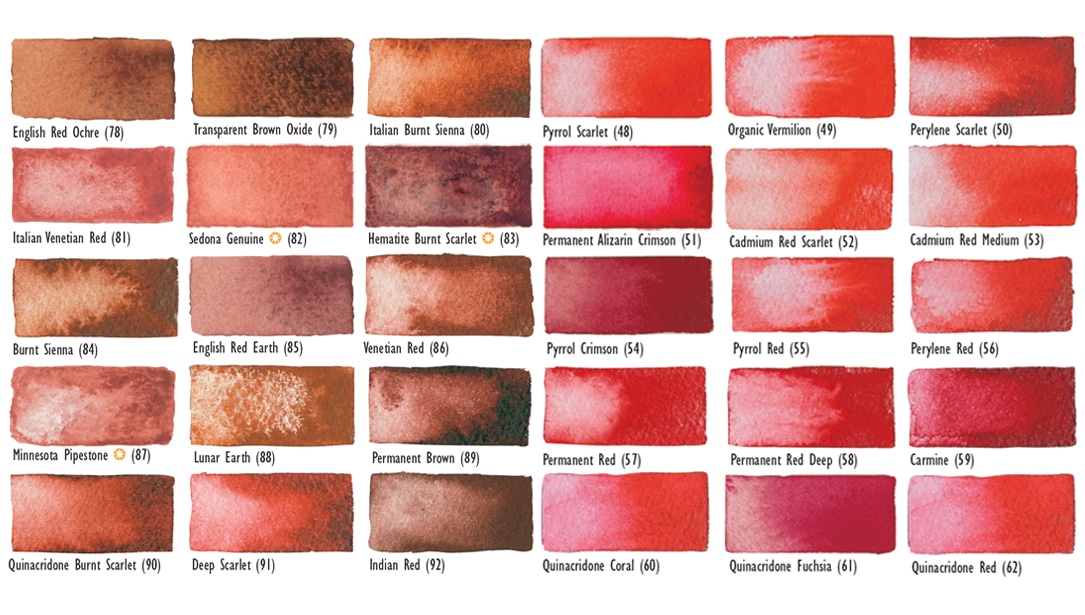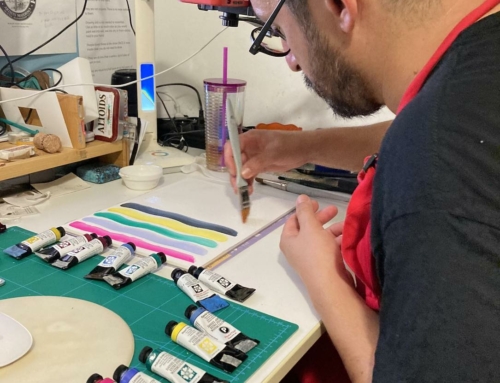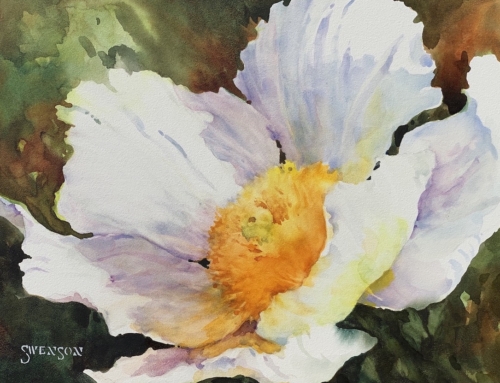Share:
When thinking about the color wheel and how to study color at Daniel Smith, we found ourselves faced with the same question entertained by artists, scientists, professors and colorists for more than two centuries…which color wheel do we use?

Explanations for color have been put forth in the form of triangles, charts, spheres, circles, wheels and graphs. In the early 1700s, Sir Isaac Newton demonstrated that white light is made up of all the spectral colors. He created a color wheel that placed the pure hues of the spectrum on the outside of the wheel and then shaded each to gray at the center.
The Three Component theory (first advanced by physicist Thomas Young, and later expanded upon by J.C. Maxwell and H. von Helmholtz) suggests that nature had three basic sensations which respond to red, green and violet light. The color printer, Jakob LeBlon, found he could represent all visible objects with just three colors – yellow, red, and blue. American painter, Albert Munsell, arranged his color wheel by hue, chroma and value…while Ostwald’s system defined pure hue and classified colors according to the amount of white and black they contained. Ewald Hering published his theory which suggested that three pairs of opposing sensations produce all colors – blue and yellow, red and green, black and white.
After considerable research, we finally decided to base our color wheel on color vision, which is the measured evaluation of what we perceive or see with our eyes – also known as colorimetry.
Click here to learn more about our study of color and how to read this CIE-Lab color map above. Stay tuned for an interactive version of this color map coming to our website soon!







